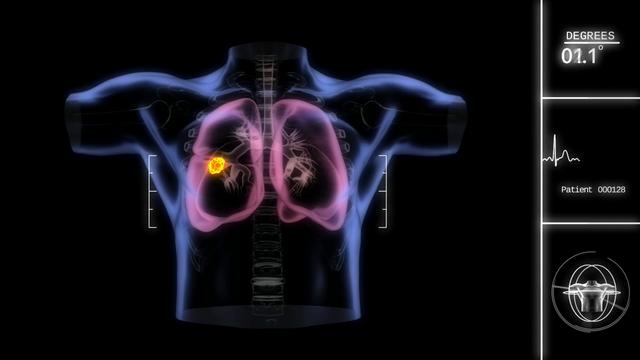The Swedish health care system is heavily subsidized and provides equal access to both natives and expatriates, serving as a model for other nations. Read our guide for more facts and information about Sweden’s quality medical care…
Sweden is known for its high standard of living, though the cost of living is relatively expensive compared to other European countries. Due to its political stability, Sweden is said to be an attractive place for expatriates. According to statistics, approximately 12 percent of the country’s population is foreign born. The main reason for this is that everyone who lives in Sweden, be it a native or an expatriate, is entitled to the same healthcare and welfare benefits.
Organization of the Swedish healthcare system
The Swedish healthcare system is taxpayer-funded, i.e. funded mainly via taxes levied by county councils and municipal governments, though private healthcare is also in existence. It is managed at the national, regional and local level. The Ministry of Health and Social Affairs, the national-level agency, is responsible for establishing principles, formulating guidelines and supervising activities at lower levels. The country has 290 municipalities, 20 county councils and 4 regions. The divisions are not hierarchically related and about 90 percent of county councils’ work pertains to healthcare.
The municipalities are vested with the responsibility of caring for the elderly, the physically challenged and the psychologically disturbed. They also provide support for patients discharged from hospitals and handle school healthcare activities.
Features and Priorities
The most remarkable feature of the Swedish healthcare system is that it is equally accessible to both natives and expatriates. The system serves as a model for other nations and delivers excellent services despite spending relatively less than a few other countries. Sweden spends 9 percent of its Gross Domestic Product on healthcare, nearly half the United States healthcare expenditure, but it has been noted for achieving high life expectancy (79.5 years for men and 83.5 years for women) and low infant-mortality rates.
Sweden has well-trained and professional midwives, as evident from statistics showing a sharp decline in mortality of women during childbirth. The mortality rate, which was about one in 100 in the 18th century, reduced to about 250 women per 100,000 births by the start of the 20th century.
The system covers a wide range of services, including primary healthcare, inpatient care, outpatient care, prescriptions, homecare, patient transport requirements, nursing home care, dental care for children and youngsters, preventive measures, disability aids and rehabilitation services.
An important feature of pre-planned care is the 90-day waiting time period. In other words, patients – Swedish citizens and expatriates – who require hip-replacement surgery, cataracts and other pre-planned care treatments are entitled to receive the appropriate treatment within 90 days after a specialist confirms the need for surgery. If the waiting time seems to exceed the set time limit, the patient can seek treatment elsewhere and the council will meet the expenditure, including travel costs.
Eligibility criteria for expatriates
Expatriates living and working in Sweden must be residents of the country for a minimum of one year, in order to avail dental care benefits under the healthcare system. They should have paid all taxes and must bear a Swedish personal identity number. Children and youngsters up to the age of 20 can avail free dental care services. Those in the 30 to 74 age-group can benefit from a yearly allowance of 150 crowns for regular visits. Emergency dental care services can be availed free of cost by producing a European Health Insurance Card.
A notable feature is that expatriate children under 18 years of age are entitled to the same benefits as Swedish children for a range of services including emergency care, preventive care and dentistry. Expatriates are allowed to use international health insurance to cover restorative dental treatments, medical repatriation and cancer treatment, to complement the Swedish healthcare system.
Healthcare costs
Healthcare services in Sweden are not totally free. They are based on cost-sharing, so patients have to pay a modest amount for services, such as consultation with a doctor. For instance, visit to a specialist may incur 200 to 300 crowns and a hospital stay may incur 80 crowns. The important aspect is that healthcare and dental care is subsidized and there are cost limits in place. Individual contribution limit for healthcare is 900 crowns a year. After a person has reached the limit, all services and consultations for the rest of the one-year period are provided free of cost. The outpatient pharmaceuticals limit is 1,800 crowns a year. Additionally, children are exempted from cost-sharing.
Public and private primary healthcare
Since January 2010, Swedish natives and expatriates have two options for primary health care – public and private. Hence, the number of private health service providers has increased gradually. Regardless of the choice, county councils are responsible to ensure that the medical care services are of superior quality. To this end, these councils are responsible for collecting income taxes, initiating preventive medicine projects and promoting wellbeing.
Sweden is involved in privatizing some of its healthcare services in order to increase the competitiveness of the industry. The performance of the Swedish healthcare system is better than that in countries at similar developmental levels. Increasing mobility among citizens of the European Union has called the need for more cooperation in the field of health care. Sweden is engaged in collaborative efforts for specialized healthcare, patient safety and enhanced patient influence.





